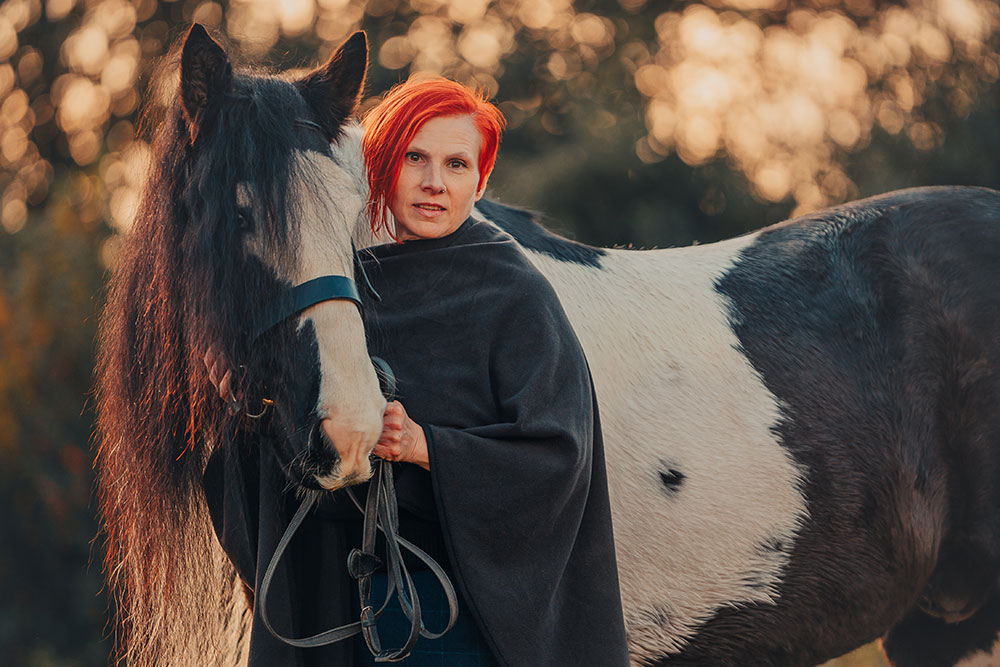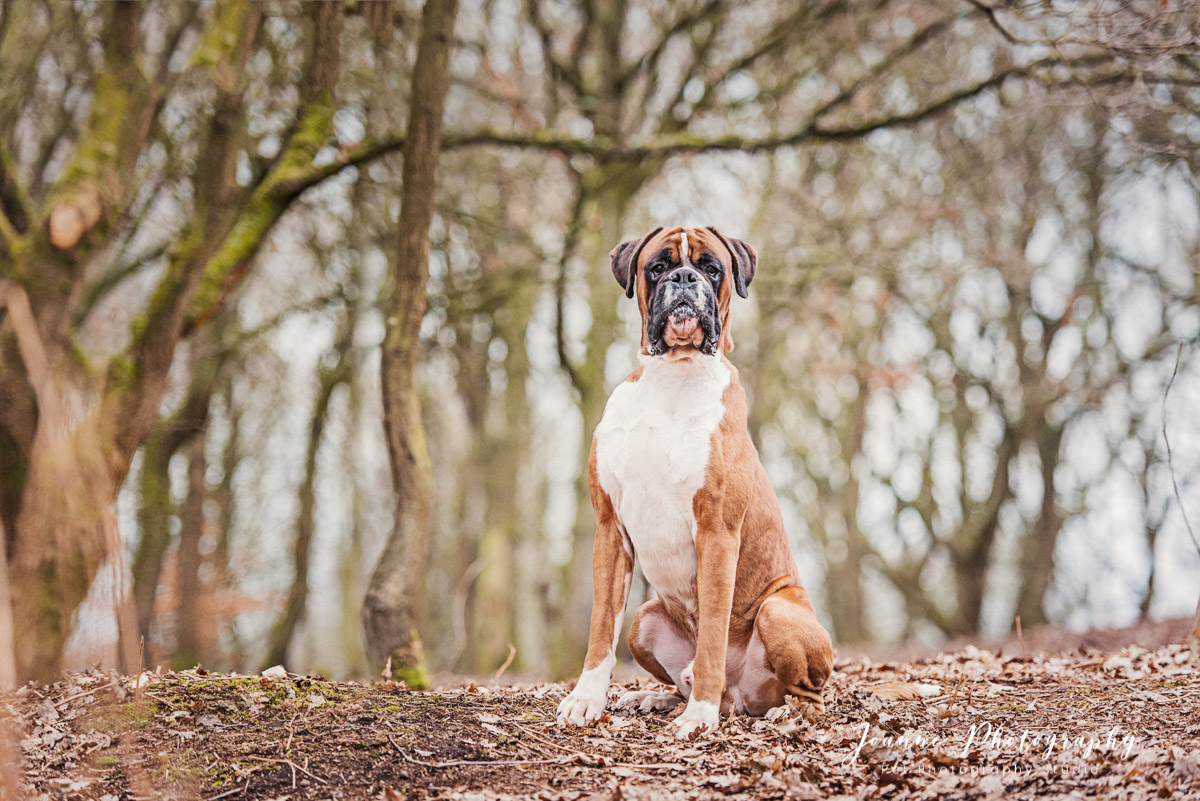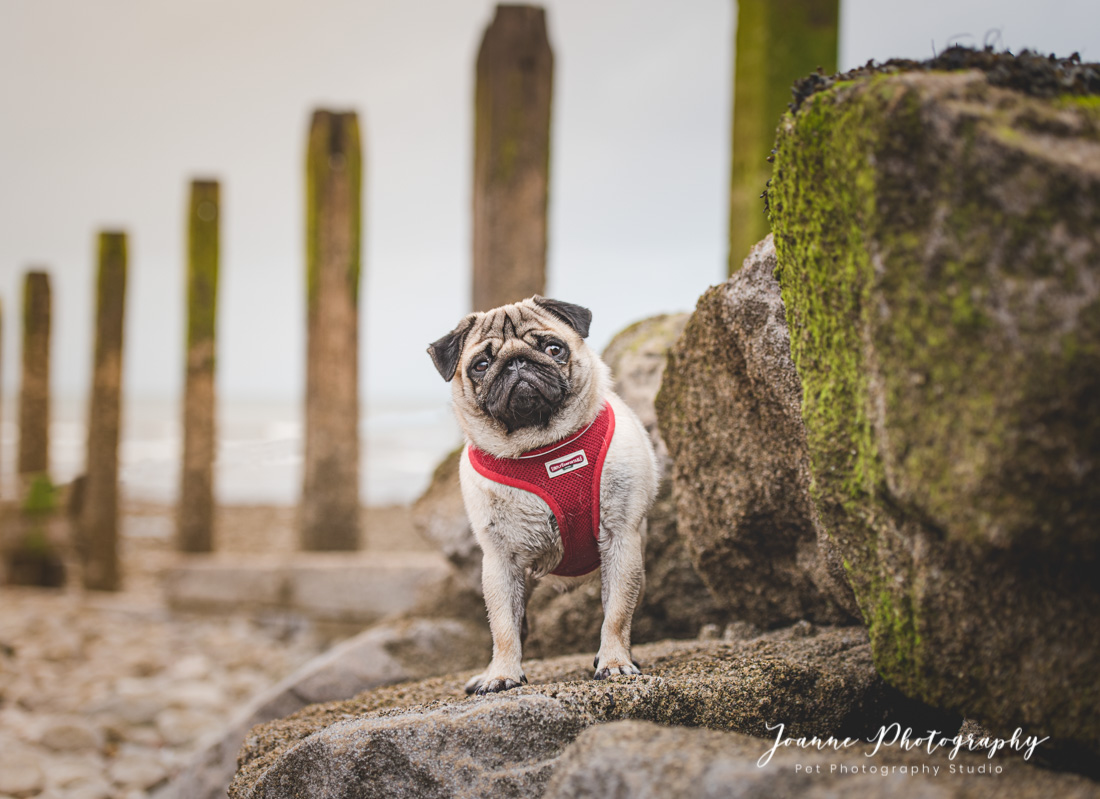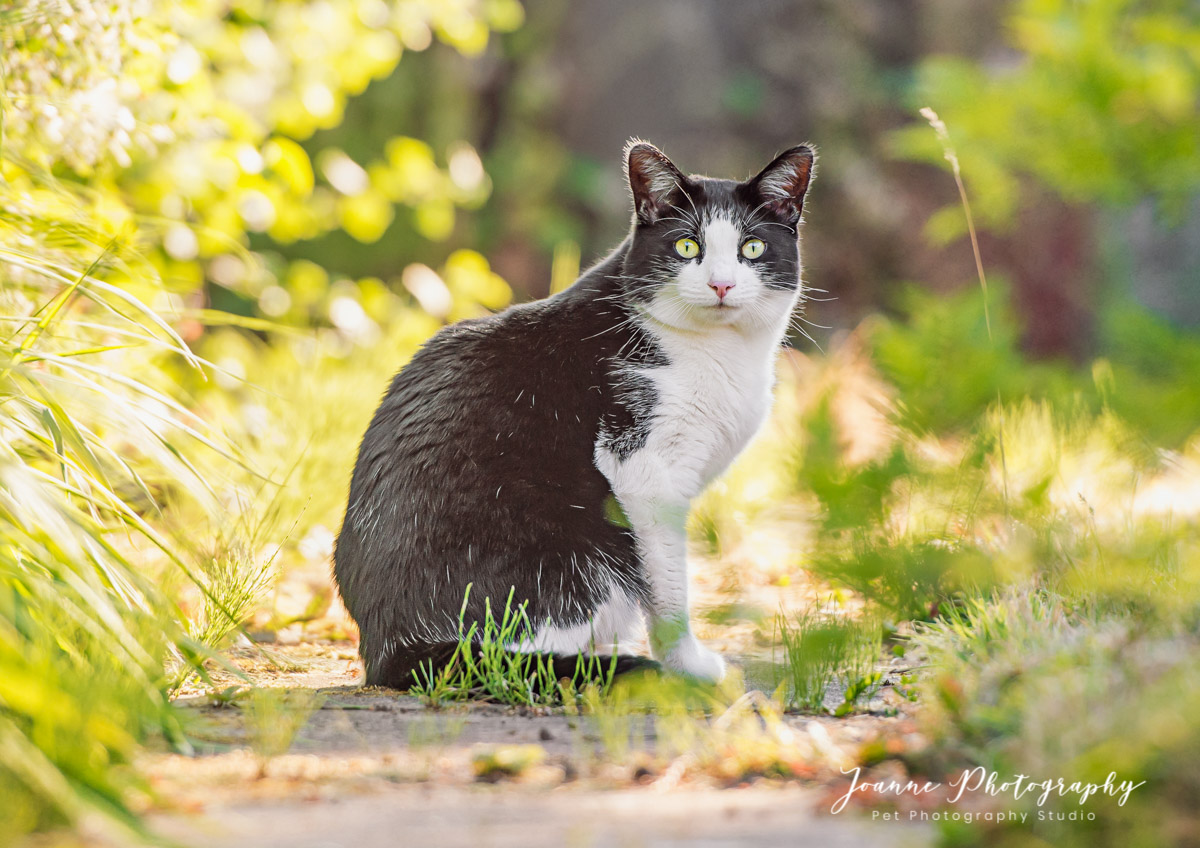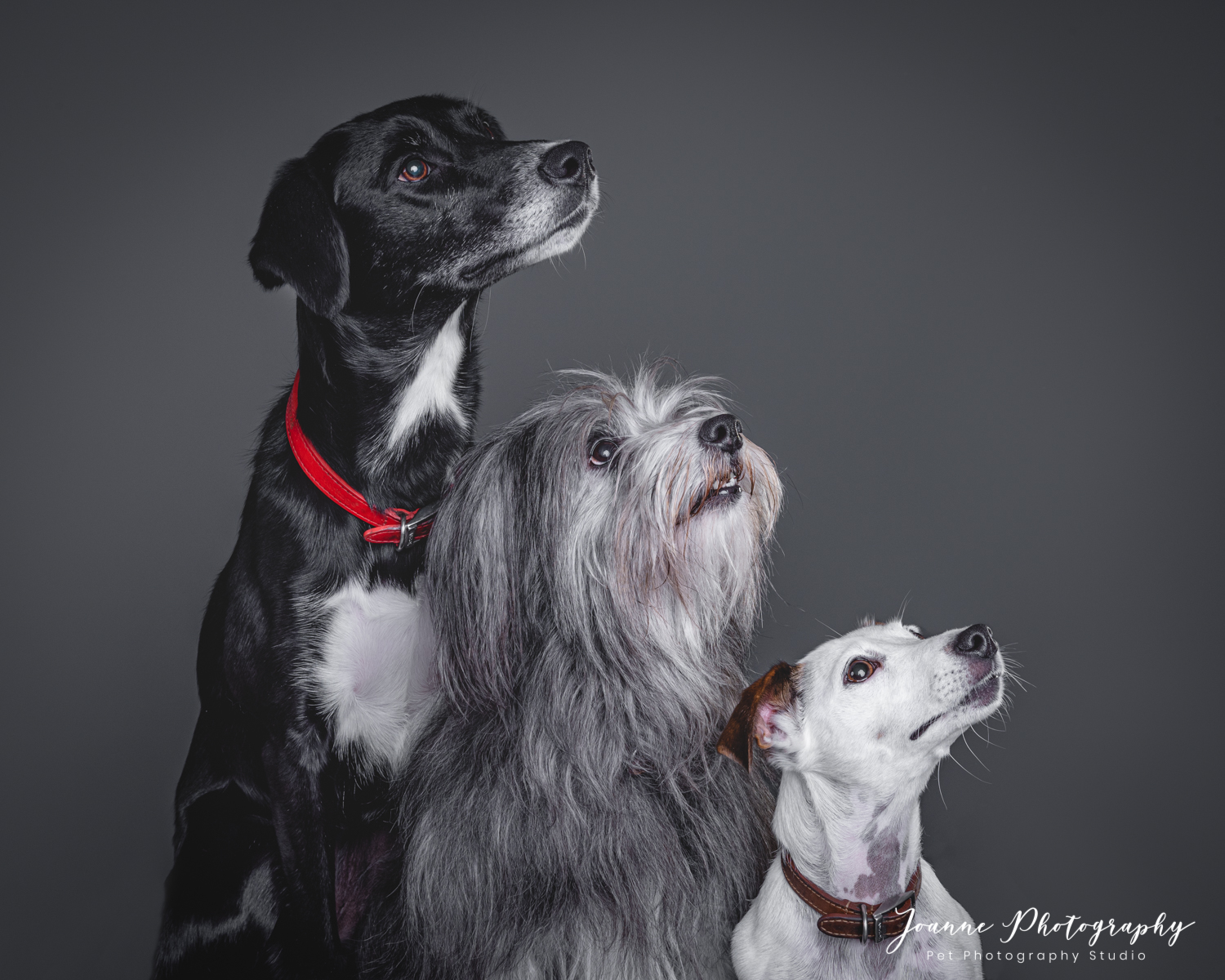Dogs have been man's best friend for years, they make everyday that little bit better and getting to know your dog is the biggest part of your relationship. Teaching your dog a few little tricks is a great way to build that bond between you!
Here's a fun fact for you; it is usually easier to teach an older dog new tricks than a younger one.
Whether your session is indoor or outdoor, it's always great if your dog(s) know some basic commands which we will go through a little later on.
POSITIVE AND NEGATIVE REINFORCEMENT
One of the most useful tools when teaching a dog new tricks is positive and negative reinforcement, for example:
Positive Reinforcement would be where you praise your dog if they do a trick well or very quickly as this will create a positive behaviour from your dog, and if you then give them a treat for doing well, this will create a positive stimuli for future tricks.
Negative Reinforcement would be where you would reprehend your dog for doing something naughty for example pulling on their lead or leaving puddles around the house. By doing this, it will emphasise that doing something wrong will result in a controlled reaction and therefore next time, they should know not to do it.
KNOWING YOUR DOG
All dogs are different just like their owners (us Humans), and therefore the way you train your dog should be tailored to them and how they learn best. It's the perfect opportunity to get to learn more about your dog to!
The best way to do this would be to learn about their personality and needs, to be able to know if your dog reacts well to positive reinforcement or whether they may need a little more help and an in-depth approach.
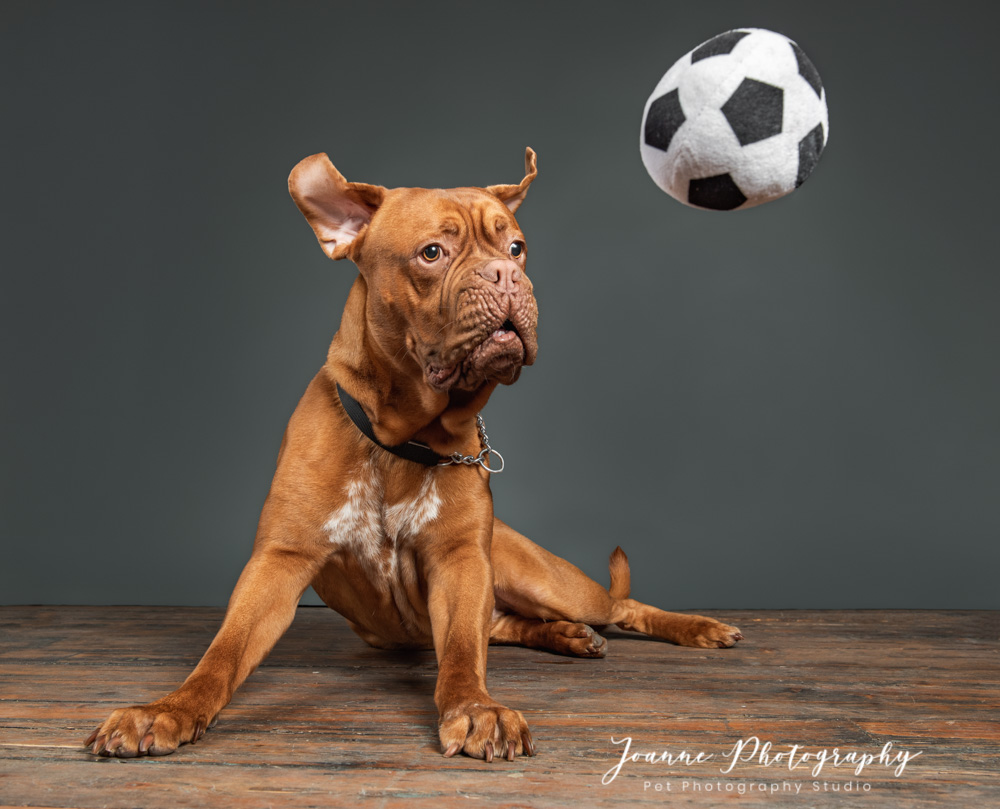
Good to know
The more fun you make learning a trick, the more your dog will want to take part because your dog will need your full concentration.
You want your dog to enjoy learning and be excited for the next time!
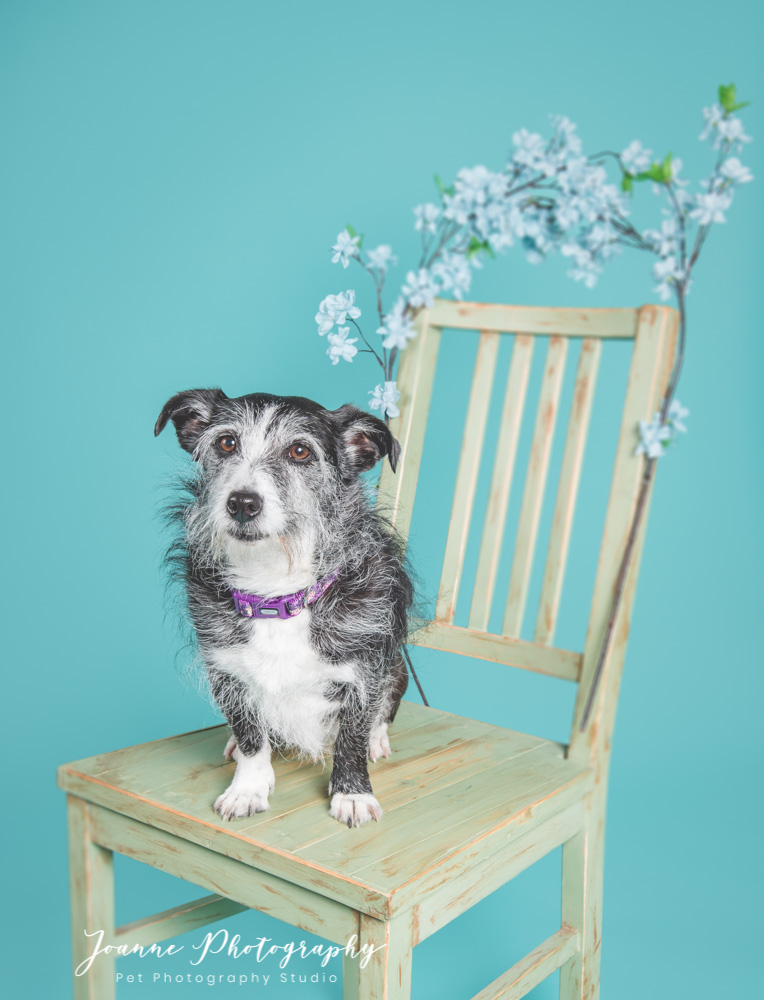
Good to know
The more fun you make learning a trick, the more your dog will want to take part because your dog will need your full concentration.
You want your dog to enjoy learning and be excited for the next time!

Props
Props are always a good idea! Some prop ideas are:
- A whistle to get their attention
- A lead to minimise their movement and stop them wandering off
- A favourite toy for when they are doing a good job
- Treats to praise when they are doing well
Take a Break!
Make sure you are taking breaks every once in a while as learning too much could loose your dogs attention and they may not learn as well if there is too much information at once.
Outdoor sessions
If your having an outdoor session with us, don't worry about keeping your dog on their lead whilst they do a trick, as we can edit out the lead when it comes to editing your amazing images.
Great basic tricks for your session with us:
- Sit
- Stay for a little bit
These would be perfect basic tricks for your dog to know prior to your session, if not don't worry, we can definitely work around it!
Finally I will write a couple of lists below of basic and more tricky tricks that your dog can learn.
If you want some ideas and inspiration, have a look at our Pinterest board!
Just some steps with how to teach your dog to sit and stay, we hope hope this helps!
Teaching Your Dog to sit and stay

Teaching your dog to sit
- Start by holding a treat in your hand whilst your dog is opposite you.
- Now you have your dogs attention, slowly move your hand with the treat over your dogs head, meaning they will have to look upwards to see it. Just be careful not to hold the treat too high as your dog might try to jump up to get it! Just hold the treat in reach (just above eye level) with your hand firmly clasped so your doggo can't be naughty and get it, we all know how much dogs love a treat hey!
- Sometimes, when dogs look up towards the treat, they automatically go backwards into the sitting position you are trying to achieve, if this is the case, saying something rewarding like YES and give him/her the treat.
- If he/she didn't, don't worry! We can help them through it in a few different ways. The first way is to practise this trick whilst your dog is on their lead, this way you can pull the lead diagonally up towards them, gently of course, therefore making them feel the need to go backwards and sit. The other way is to keep the treat just above eye level and push his/her back end gently downwards so he/she feels the need to sit. When he/she has sat, don't forget to reward them for doing a good job!
- Now your dog has the basic understand of the trick, we move on to performing this trick without a treat (I know, poor doggy!). This is where you start to use the sit command. It's always good to expand your doggy's knowledge.
- Issuing a sit before getting him/her into the sit position will help them to understand what the word means and what he/she is supposed to do when he/she here's that word. When they are starting to get better at the trick, fade out the food treats and watch them develop!
It is a great trick to teach first as it's the perfect foundation for other tricks that may start in a sitting position for example: lie or paw.
now we move onto teaching your clever doggo how to stay:
- With this trick, it is best to start straight away with saying the command stay.
- With your dog sitting in-front of you, call stay, move one step back then move one step closer to him/her again. If he/she didn't move, saying something rewarding like YES and give them a treat.
- The best thing to do to help your dog learn this trick is to keep repeating the command and increasing the steps backwards each time, and each time always walk back to him/her before you issue him/her their reward for being so brilliant!
- The worst thing you can do whilst teaching this trick is to not walk back to your dog as this may result in your dog thinking the trick is to stay then come to you instead, therefore they may never stay for very long.
- If you're noticing your dog isn't staying, this may meaning that you are going to fast for them to understand. Slow down, take your time and make sure your doggo is happy.
Moving forward from this trick, your dog can start to learn others for example: out-of-room stay and can also prevent your dog from chasing animals or people.
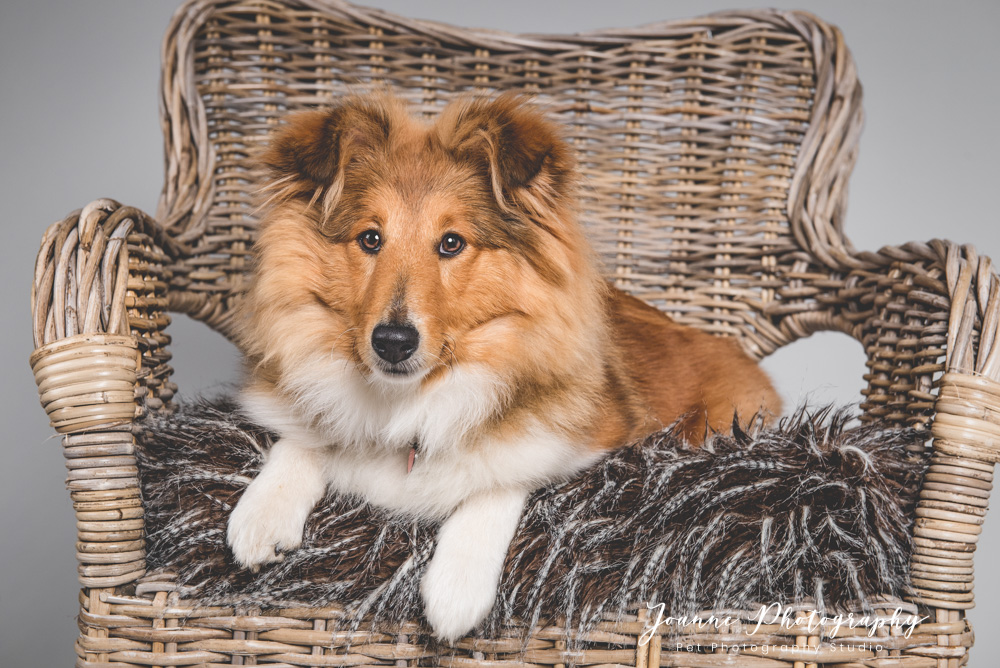
It is a great trick to teach first as it's the perfect foundation for other tricks that may start in a sitting position for example: lie or paw.



